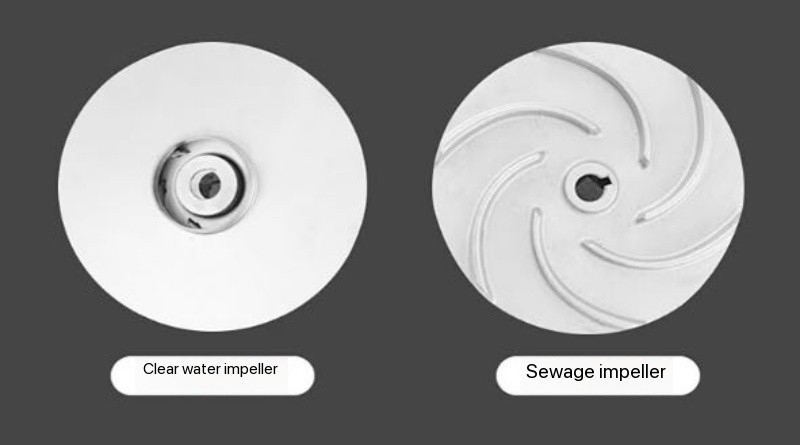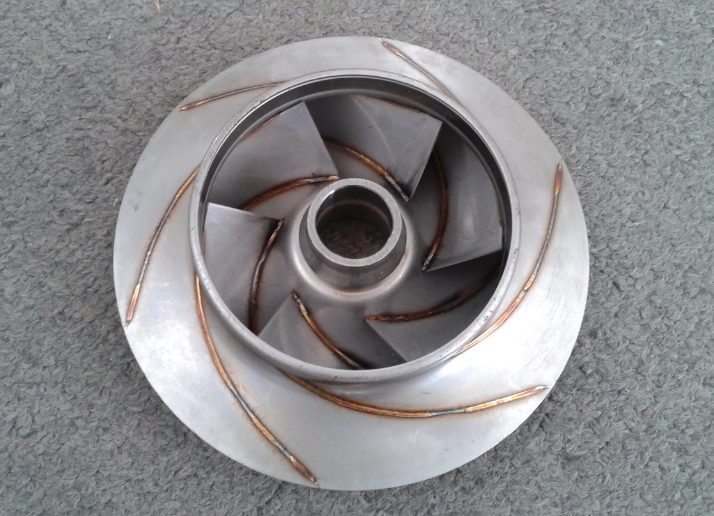Differences in Impeller Design between Clean Water Pumps and Sewage Pumps
Pumps are essential tools used for the transportation of fluids from one location to another. Depending on the fluid's characteristics, pumps can be broadly categorized into clean water pumps and sewage pumps. These two types differ significantly in their design, primarily to accommodate the varying requirements imposed by the nature of the fluids they handle. This article will delve into the distinct features of impeller designs that make clean water pumps and sewage pumps suitable for their respective applications.

Clean Water Pumps: Clean water pumps, as the name suggests, are designed to handle fluids with minimal particulate matter. Their impellers typically feature smooth, streamlined surfaces that reduce friction and prevent blockages. These impellers are usually made of materials like stainless steel or plastic, which are resistant to corrosion and wear. The design emphasizes efficiency and durability, ensuring long service life under typical conditions. The blade angles and pitch are optimized for maximum flow rates and pressure, making these pumps ideal for applications such as irrigation, domestic water supply, and industrial processes involving clear fluids.

Sewage Pumps: In contrast, sewage pumps are engineered to handle a broader range of fluids, including those rich in solids and organic waste. Their impellers are designed with several key differences compared to those in clean water pumps:
Blade Geometry: Sewage pump impellers often have larger blades with more aggressive geometries, allowing for better handling of debris. These blades may incorporate cutting edges to shred larger objects before they can cause damage to the pump or block the flow.
Materials: To withstand the corrosive effects of sewage, sewage pump impellers are typically constructed from durable materials such as stainless steel or cast iron, which offer excellent resistance against rust and corrosion. Some designs also include abrasion-resistant coatings to further enhance longevity.
Flow Path: The impeller of a sewage pump often includes a series of internal passages and channels designed to facilitate the passage of large solids without causing blockages. These features ensure that the pump can effectively move heavy loads of debris without requiring frequent maintenance or repair.
Sealing: Given the potential for the ingress of corrosive fluids and debris, sewage pumps feature robust sealing mechanisms to protect the pump’s internal components from contamination. These seals are critical in maintaining the pump's operational integrity and efficiency over time.
Conclusion: The design differences between clean water pumps and sewage pumps reflect the distinct challenges posed by their respective fluids. While clean water pumps prioritize efficiency and longevity in smooth, clear fluids, sewage pumps are engineered for robustness, durability, and capability to manage a wide range of solids, ensuring reliable operation in the demanding environment of wastewater treatment systems and other applications dealing with contaminated fluids. These specialized designs are crucial for maintaining operational effectiveness and minimizing downtime in industries where fluid handling plays a critical role.
This detailed comparison highlights the importance of selecting the appropriate pump type based on the specific fluid properties to ensure optimal performance, efficiency, and longevity in various applications.




